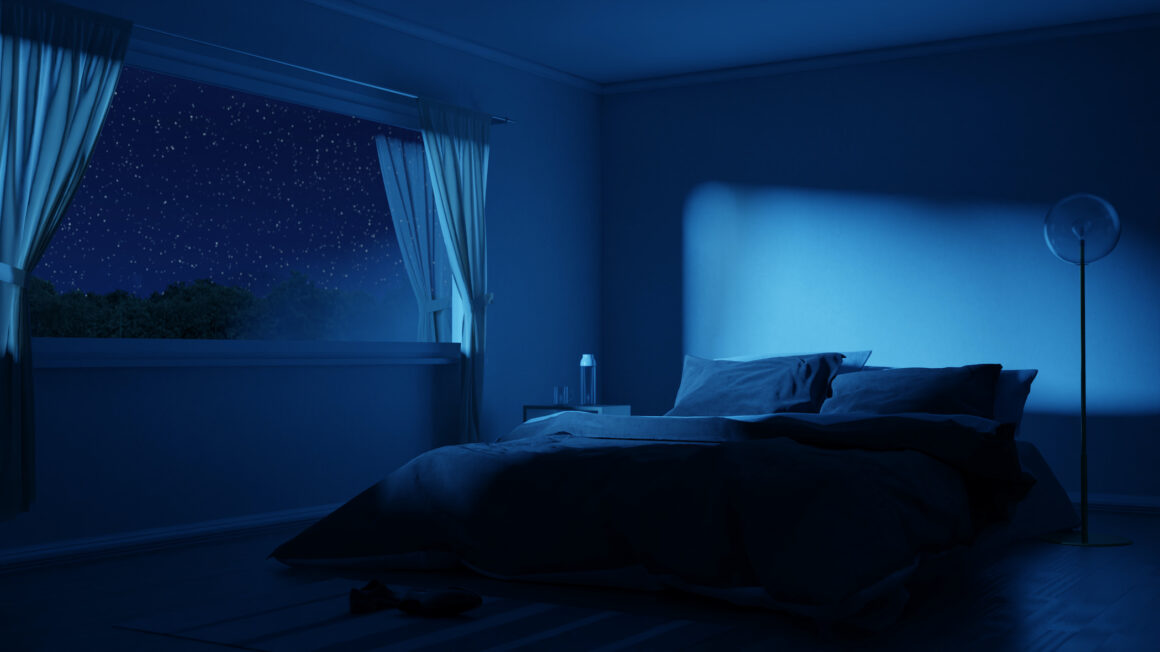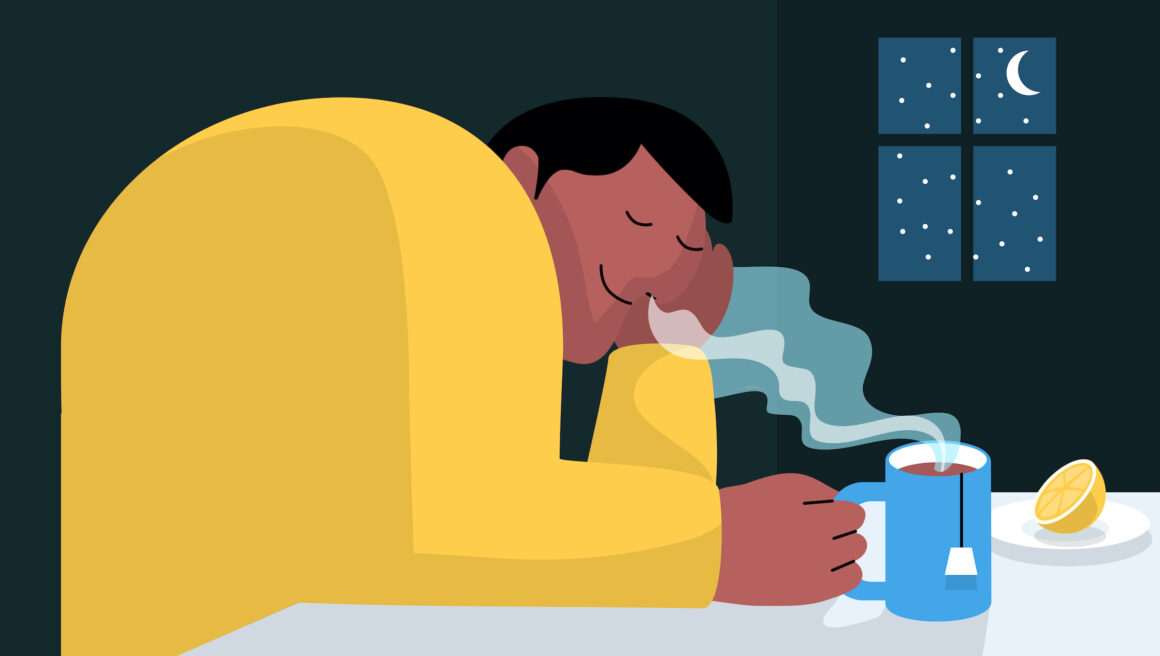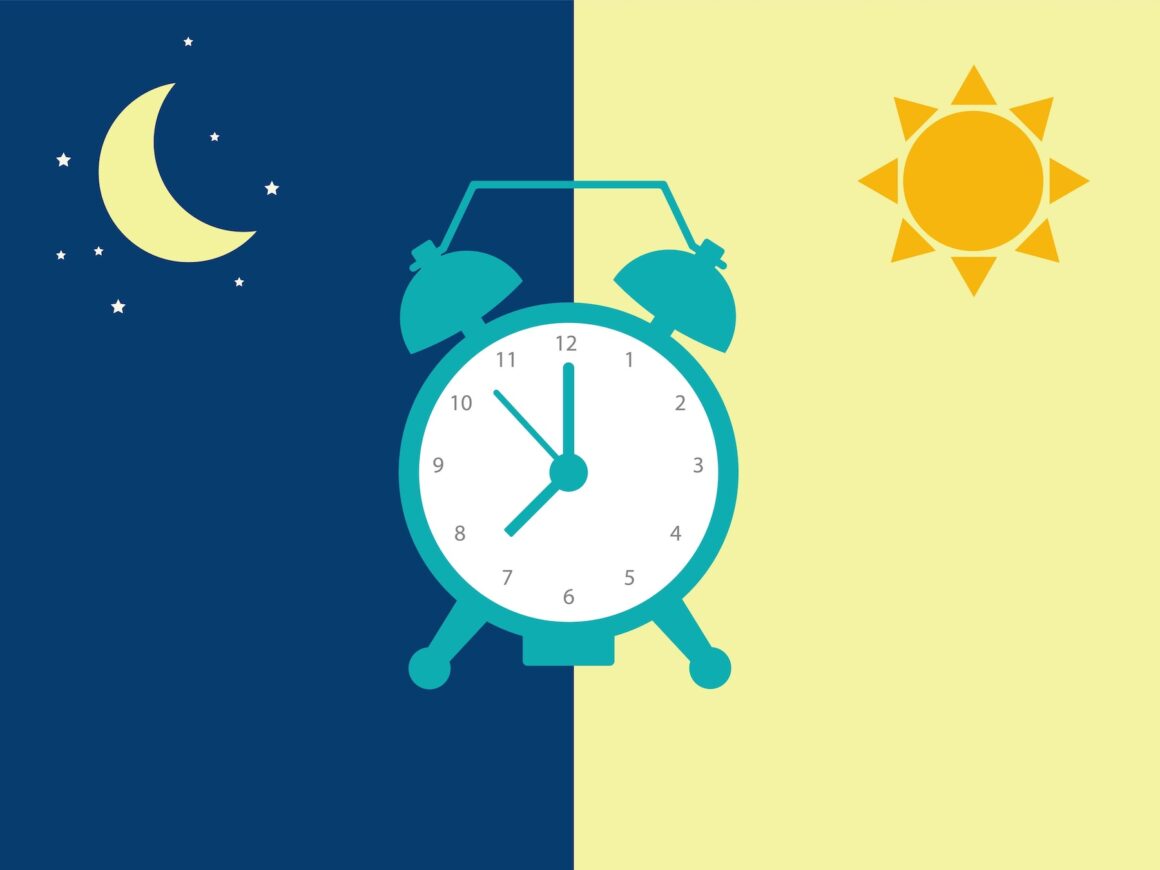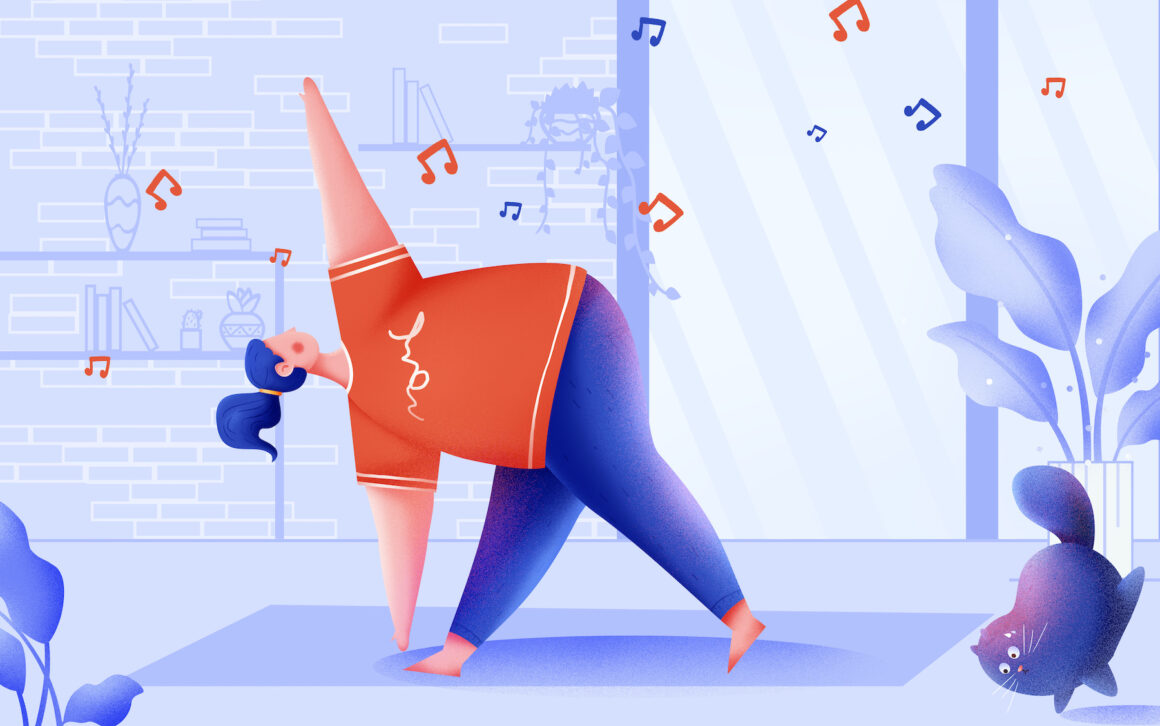Things To Do (And Not To Do) To Get A Great Night’s Sleep
Not much beats waking up refreshed after a great night’s sleep. You feel recharged and your energy and mood are naturally just on. For something that feels good and is so good for us, you’d think we’d do everything we can to promote and maintain healthy sleep routines.
Your intentions for getting quality sleep may be spot on, but are your bedtime behaviors and pre-sleep practices supporting your desire (and health needs) to routinely sleep well? Here are a few habits that hinder sleep and tips for sustaining quality sleep throughout the night. A few may seem obvious, others may come as a bit of a surprise.
Set The Mood

Sleep is a reprieve from the activities of everyday life. It’s a time to shut down and put aside the many things that fill your daily life. To help foster a healthy slumber, your bedroom settings should mirror the relaxative nature of sleep. There are three conditions that support a sleep-centric room environment: dark, quiet, and cool.
Light: It’s been studied that light is the single most important factor that can affect sleep. When designing or rearranging your sleep sanctuary, darker is typically better. If obtrusive outdoor or street-side lighting is bothersome, black out curtains provide all the darkness you’ll need in colors that will match your decor style.
Keep It Cool: We often only think of temperature before bed when it’s either sweltering hot or startling cold. But maintaining a steady cool temperature each night is conducive for restful sleep patterns. When we begin to feel tired before bed and during early stages of sleep our body temperature naturally drops. By keeping the bedroom cooler you reinforce this natural temperature intuition. Also, as the morning hours tend to approach our body temperatures begin to rise again. This temperature incline is known to induce sweating and can cause an awakening. By keeping the temperature of your bedroom cooler, you help to regulate body temperature so sleep can be sustained until morning.
Customize Your Sound Settings: Like personalities, sleep preferences are far ranging. Some people can’t imagine going to sleep unless it’s quiet enough to hear a pin drop. Others find relaxing background noises comforting. Whichever noise level setting you prefer, the goal is to eliminate or reduce, as best you can, noises that are disruptive to you falling asleep and staying asleep.
Why Screen Time Negatively Affects Sleep

In the grand scheme of sleep history, the risks of screen time on sleep is a fairly new phenomena. Sure, televisions have been in bed rooms for decades, but not since the advent of smartphones and tablets have we had such access to entertainment, work, and convenient communication. But, for the sake of sleep health, screen time should be avoided before bedtime.
Even though you may think scrolling social media or taking one last scan of your emails is harmless, it actually triggers the wrong type of brain activity. Processing information, whether it’s professional or casual communication, signals our brains to go into problem-solving mode which inhibits the release of hormones and chemicals that help us fall asleep. And the sheer light of our screens and electronics signals to the brain that it’s daytime and we should be awake. When in fact it’s time for bed.
Instead of scrolling and replying, enjoy the last few minutes of your day with a good ole fashion print book, journaling your daily thoughts, or a meditation practice.
Adding DREAM To Your Bedtime Routine
DREAM Sleep Gummies are an easy, safe, and reliable way to support your bedtime routine and to help you get the quality sleep your body needs.
Made with only botanical ingredients, including hemp-derived Delta-8 THC and CBN, DREAM makes the transition from activity to sleep effortless. DREAM not only helps to decrease sleep latency (the amount of time it takes to fall asleep), but also supports deep, restorative sleep throughout the night. If you’re new to Delta-8 and are a little nervous about taking it, we suggest taking a low and slow approach. Start with ½ or even ¼ of a gummy the first few times you use DREAM to evaluate its unique effects. You can then adjust accordingly for your individual needs as desired. For more information about DREAM and Delta-8 tap here.
Limit Erratic Sleep Habits
You may not think it, but humans are very primal by nature. And that primal instinct is exemplified by our “creature-of-habit” tendencies. When we eat, how we eat, our self-care routines, work, and family schedules all affect our psychological mood and demeanor.
Routine may seem boring (especially if you’ve not yet graduated from the bar and club scene you know what we mean), but it’s actually quite healthy, especially when sleep is concerned.
When you go to bed at different hours of the night, and in turn, wake up at different morning hours, you throw your body’s circadian rhythm (or sleep-wake cycles) out of whack. Your body and mind eventually have a hard time deciphering when it’s supposed to click off and when it’s time to be awake and engaged. If you struggle with sleep and fall into the rogue sleeper category, make a point to train your body and mind for sleep by setting a specific window of time that will allow you to get the recommended 7-10 hours of sleep depending on your age.
Let’s not forget naps. Naps are an excellent way to recharge the body and mind during the day. But when it comes to a mid-day dozing, be mindful of your nap activity. It’s suggested to limit naptime to 20-30 minutes at a time, as well as making sure your last nap of the day occurs hours prior to your scheduled bed time.
Substitute The Cocktails For Mocktails

But alcohol is so relaxing before bed. Alcohol may make you feel relaxed and induce sleep initially, but once the body metabolizes the chemical components of those libations there’s a rebound effect that can disrupt brain activity and deep sleep patterns. People who drink often before bed are typically more susceptible to waking up early or may have trouble falling back asleep after micro-awakenings that occur throughout the night.
A few sleep-supporting alternatives for alcohol before bed include tea (non-caffeinated of course) and mocktails (non-alcoholic cocktails). If you are a fan of a savory nightcap and want to support your sleep cycles, mocktails provide a delicious alternative to cocktails, beer, or wine. With the rise of these specialty drinks over the past few years there are plenty of recipes that not only taste delicious and are easy to make, but also provide the body with nutrient-rich ingredients. For a handful of creative mocktail recipes click here.
The Timing Of Your Workouts and Exercise
Exercise and physical activity are fantastic contributors to quality sleep, but timing is important. When you put your body through intense or strenuous activity you trigger an endorphin release and raise levels of cortisol. This chemical activation keeps the brain stimulated making it harder to fall asleep. Exercise also raises the body’s core temperature, which can hinder getting to sleep. Research shows that strenuous exercise, like cardio, should be performed at least two hours prior to bedtime. If you do crave a bit of movement before bed, we suggest sticking to slow motion activities like yoga, light stretching, or tai chi.












